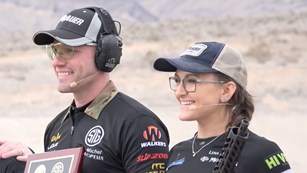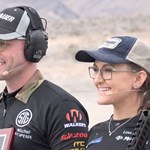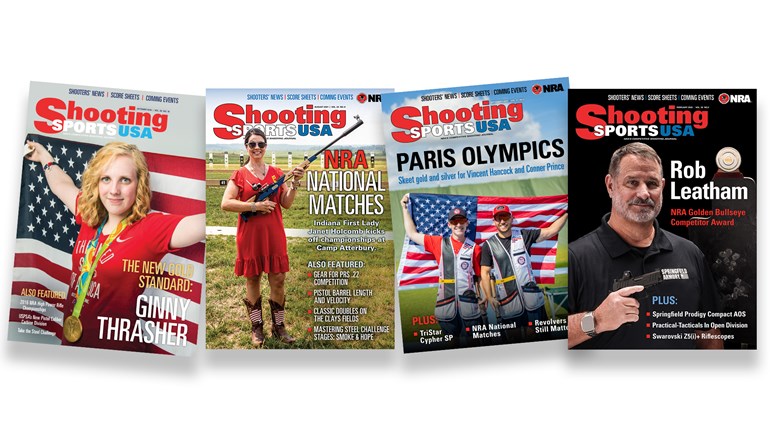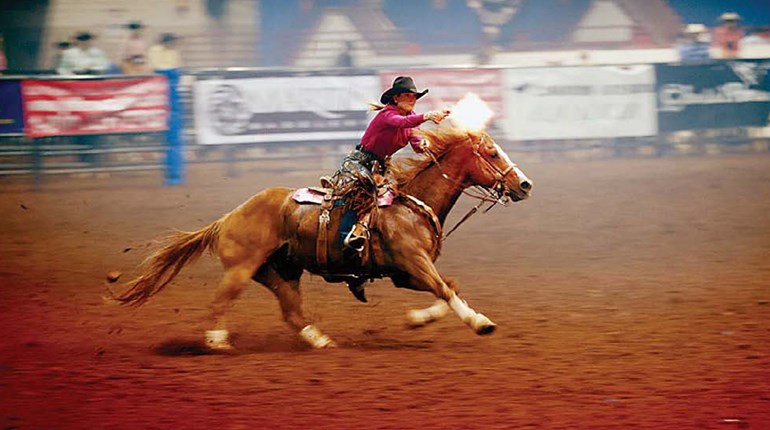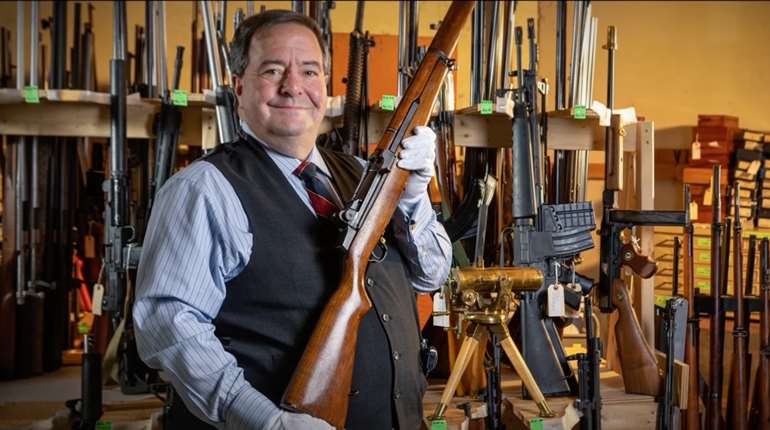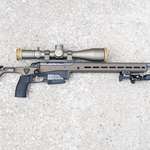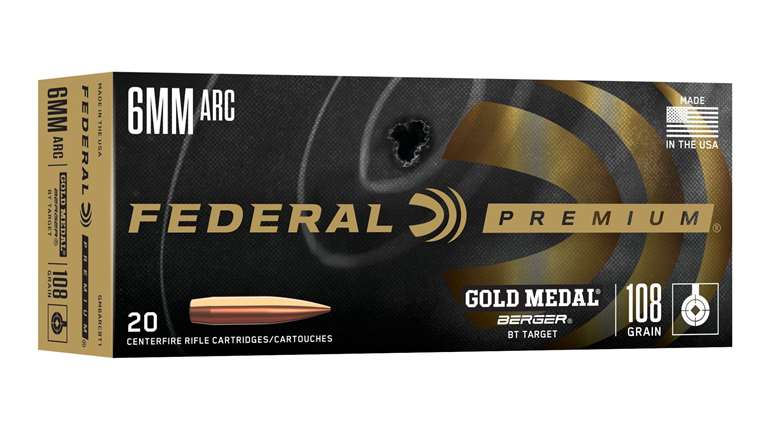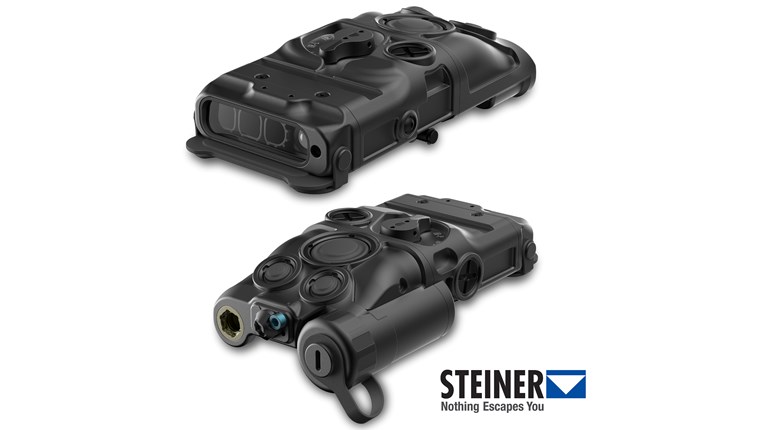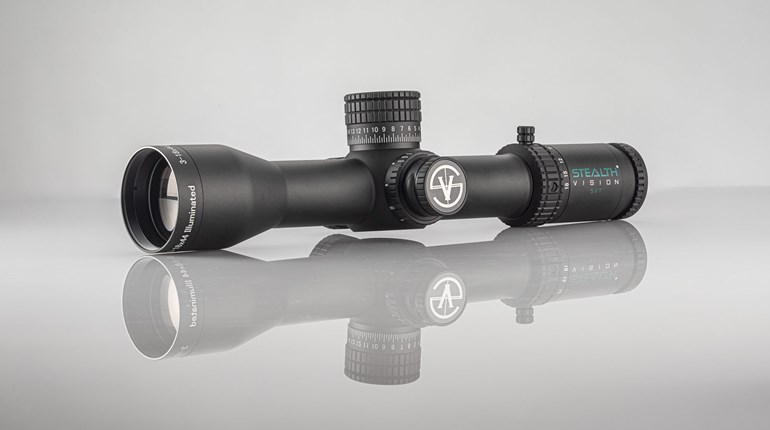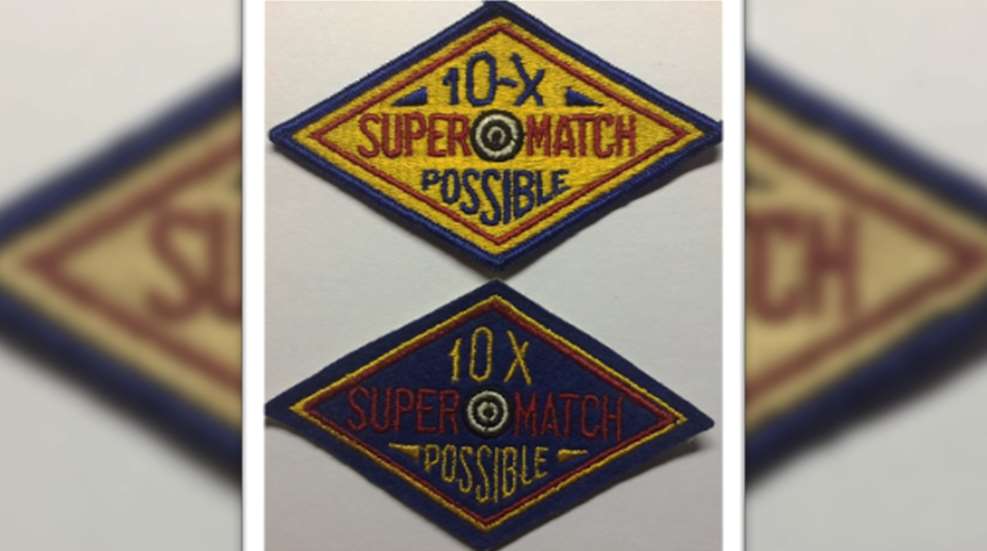
During America’s Gilded Age, in the latter few decades of the 19th century, the Four Hundred was a list of New York City’s society crème de la crème, the polite society of Gotham. It was a mixture of old money, the nobs such as the Astors and the Van Rensselaers, and the Nouveau riche, the swells like the Vanderbilts, Whitneys and Belmonts.
While the New York gentry of the Four Hundred may have thought themselves exclusive, a more select 400 was formed in 1933 during the NRA Smallbore Rifle Championship at Camp Perry. It seems that since the first smallbore championship in 1919, only 10 riflemen had shot a 400x400 with metallic sights over the Dewar Course in individual competition at the National Matches.
In those antediluvian days of shooting, when rifles and ammunition were not as sophisticated as today, a perfect score at any distance was an occasion to be noted. Centerfold and two-page ads touting Remington’s Kleenbore and Palma Match, Western’s Super Match, Peter’s Tack Hole and Target and Winchester’s Precision 5-Star were regular features in American Rifleman.
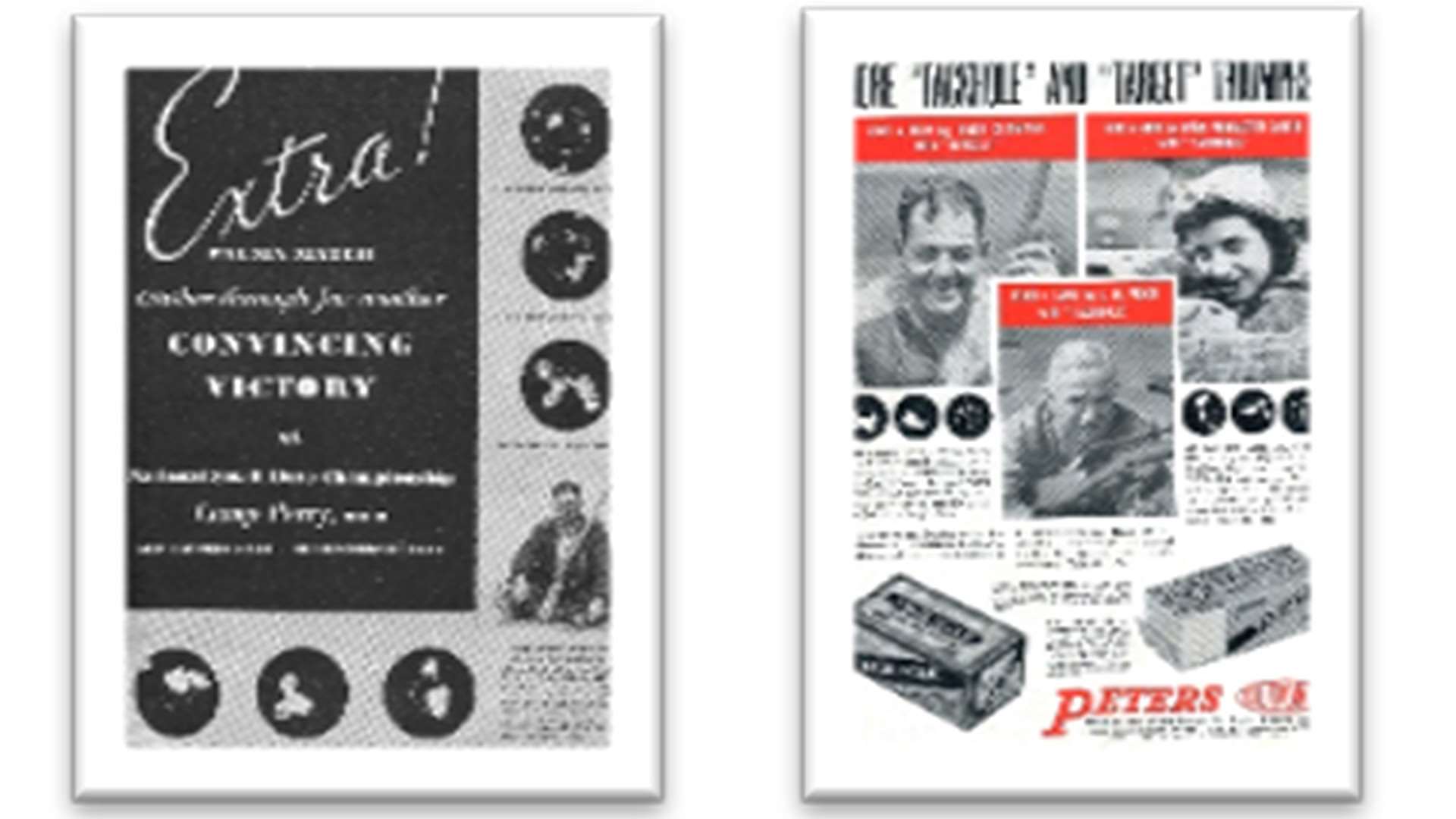
The target rifles of the day—Winchester 52, Springfield Model 1922, Ballard, BSA Martini and later on, the Remington 37—were not ergonomic, and many top-rung shooters modified their stocks for a better fit. Add to this a three-pound trigger pull rule, and it’s no wonder that perfect scores during this era were noteworthy achievements.
In recognition of a competitor shooting a possible perfect score, the ammunition companies presented brassards, which they hoped would be affixed to the shooting coats of those who achieved perfection. The brassards functioned as acknowledgement of a perfect score while serving as subtle advertising.
The charter members of the 400 Club, John Adams, Virgil Z. Canfield, Milo R. Coleman, Russell Gardner, A.E. Hart, T.J. Imler, Fred O. Kuhn, Thurman Randle, Virgil Richard, James Wade and Lawrence Wilkens were familiar names found at the top of individual match bulletins, as well as the rosters of the most prestigious international postal matches—Lord Dewar, the Interallied Small-Bore Match (FIDAC), Railwaymen’s and the Rheinsche-Westfalischen-Sprengstoff (RWS).
Members of the 400 Club were issued a dark blue, four-inch diameter felt brassard which had the NRA monogram in red in the center, the number “400” at 12 o’clock and “Club” at six in white thread.
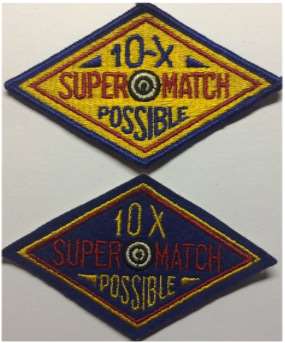
During the interwar years, entry in matches at the National Championship was à la carte, and in 1935 the “400” Club Members’ Trophy Match was added to the program. Open only to 400 Club members, it was a non-fired match consisting of an aggregate of three metallic sight matches, the U.S. Trophy Match, a single Dewar, the Lyman Two-Man Team Match, a single Dewar and the Preliminary Dewar Course Match (two Dewar courses of fire). Raymond Louden won the inaugural event.
The course-of-fire for the 400 Club Members’ Trophy Match was changed to a fired metallic sight Dewar course in 1938. The NRA made a slight change in eligibility requirements which allowed anyone who shot a metallic sight 400x400 Dewar in NRA Smallbore Regionals after Jan. 1, 1951, to apply for club membership. For the 1955 National Championships, the match reverted to non-fired status, using the scores from a fired Dewar—maintaining this format until the match was discontinued in 1966.
As a side note, if competitors qualified in the earlier fired Dewar Match at the National Championship, they were magnanimously allowed entry into the 400 Club Match without having to pay a post entry fee.
In the 22 years between 1919 and 1941, the club grew to 110 members and accounted for 143 400x400 scores. Virgil Z. Canfield, William Woodring and Dave Carlson each had five to lead the pack. There must have been something in the water at Camp Perry—or the conditions were shooter-friendly—as 35 individuals qualified for membership.
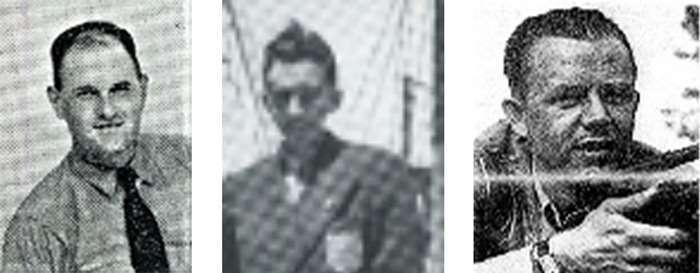
There are two 400 Club side events on record. While in England for the third Pershing Match, it appears that the U.S. was involved in a shoulder-to-shoulder match pitting the members of the U.S. 400 Club against the host 400 Club, which the U.S. won. The likely team was William Kenyon, R.C. Berkheiser, Charles Hamby, Carl Frank, Merle Israelson, William Schweitzer, Russell Gardner and J.C. Lippencott.
The 1940 National Match Program lists a 400 Club International Team Match, with the prize being a silver trophy presented in 1939 by the 400 Club of Great Britain. Match conditions specify a team of six shooters, one alternate and a team captain and coach drawn from the respective 400 Clubs. The number given for the 1940 team fits in neatly with the previous year’s team size. As there is no mention of the match in the 1941 program, it’s reasonable to assume it was a casualty of the war.
The NRA encouraged smallbore shooters to excel by instituting the International, Prone, and Position Distinguished Smallbore Rifleman Awards, the 400, 800, 1600 and 3200 Honorary Clubs for all, and for juniors the 570 Club.
It seems a bit odd that the granddaddy of them all, the 400 Club, is least known. At one time it was the most exclusive of clubs, but it has fallen victim to technology and better training methods. Today, it’s the most inclusive club, as it is hard to find a competent competitor who has not fired a metallic sight 400 in a Regional or at the Nationals.
In the end, New York’s Four Hundred and the 400 Club were somewhat similar, elite members of an exclusive club. The major difference was the New York City crowd summered in Newport, R.I., in their “summer cottages,” lining Bellevue Avenue overlooking the Atlantic Ocean, enjoyed outdoor sports and feasted on haute cuisine in opulent dining rooms.
On the other hand, the 400 Club vacationed on the shores of Lake Erie at Camp Perry, Ohio, where they lived under the canvas roofs of Army pyramid tents, enjoyed outdoor sport and indulged in spartan, yet hearty fare—in a cast concrete building.
Who is to say who was happier?
400 Club Match Winners
- 1935. Raymond E. Louden, 1392
- 1936. Dave Carlson, 1590
- 1937. William B. Woodring, 1595
- 1938. Charles G. Hamby, 398-25X*
- 1939. William B. Woodring, 400-37X**
- 1940. Dave Carlson, 399-37X
- 1941. Jack Lacey, 400-30X
- 1942-1945. World War II-No Matches
- 1946. Charles G. Hamby, 400-34X
- 1947. No Data Available
- 1948. No Data Available
- 1949. No Data Available
- 1950. Korean War-No Matches
- 1951. No Data Available
- 1952. No Data Available
- 1953. Charles Rogers, 400-34X
- 1954. Charles Rogers, 400-32X
- 1955. Adelaide P. McCord, 400-34X
- 1956. Herb Hollister, 400-32X
- 1957. Arthur Cook, 400-36X
- 1958. Al Freeland, 400-30X
- 1959. George A. Snellgrove Jr., 400-35X
- 1960. Arthur Cook, 400-36X
- 1961. David Barker, 400-30X
- 1962. Presley Kendall, 400-35X
- 1963. Arthur Cook, 400-33X
- 1964. Henry W. Benson, 400-34X
- 1965. Lawrence Moore, 400-23X
- 1966. Lones W. Wigger, Jr., 400-36X
- 1967. Match Discontinued
*Change in course of fire to Dewar
**Individual Record
See more: 2020 International Postals In The Face Of Covid-19











